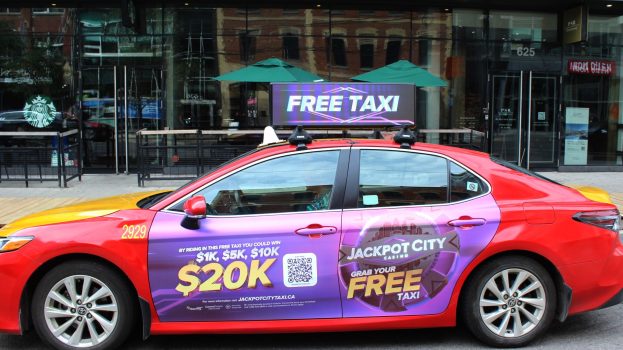In a pilot study, consumer research companies TNS and Locately will start tracking shoppers via their smartphones on shopping trips. While for years they’ve tracked customers inside stores, James Sorensen, SVP, retail and shopper, TNS, says retailers often don’t track shoppers once they step outside the retail environment.
“Most research about shopping trips views it as a single visit to a single store, when we all know that when you’re going out on a Saturday afternoon you often hit two or three stores,” he says.
This type of study is made possible with the increasing use of mobile technology in a research capacity and could help TNS and retailers understand the trip more broadly, he says, adding, however, that it is still in a pilot stage, and they aren’t sure what fruit it will bear.
“Most retailers know a lot about their shoppers when [consumers are] in their store,” he says. “[But] it’s a huge blind spot about what’s happening more broadly. [Retailers] don’t have nearly the understanding of the shoppers that aren’t coming to their store, the share of wallet that they aren’t getting.”
To date, TNS has done a few pilot projects using mobile, but Sorensen says they’ve faced a number of challenges, such as getting participants to opt in or issues with accuracy.
Sorensen hopes these issues have been addressed by tech start-up Locately. Based out of Boston, the mobile tracking company thinks it’s cracked the code to a scalable method of higher mobile research engagement, says founder and CEO Thaddeus Fulford-Jones.
Locately passively tracks the mobile phones of people who opt in to the survey, offering cash or gift-card rewards and loyalty bonus points to participants. The technology also pushes out short questionnaires to shoppers’ phones, such as asking why they skipped one store in favour of another or what they did after the store visit (where traditionally, companies have relied on expensive in-person surveyors to question shoppers as they leave or enter a store, often netting only a handful of results). This is a non- intrusive way of engaging customers, making them more likely to participate, Fulford-Jones says.
Addressing the accuracy of GPS systems, which can often drop in areas of low cell service or high buildings, he says they’ve also added in Wi-Fi triangulation to bolster the tracking.
It is still early days using mobile in a research capacity, but the most aggressive use is coming from shopper marketing efforts, says Sorensen, pointing to shopper marketing tech company Modiv Mobile and its partnership with Stop and Shop in the U.S. as a great example.
The program uses the cart buddy, a shopping list updated at home and then uploaded to the shopping cart itself through use of a loyalty card, which then pushes out location-based coupons and offers. The company recently began piloting the project with personal mobile devices, and Modiv’s recent acquisition by U.S. couponing/POS giant Catelina could propel the technology even further, says Sorensen.
“Over the past 20 years, brands’ ability to communicate directly with the consumer has been eroded significantly with the fragmentation of media,” he says. “This has shifted the power of communications – we think – from the brands to the retailers, and we think this movement towards marketing and researching the consumer through mobile devices shifts that power back to the brands a bit more.”























